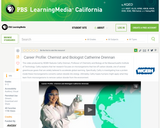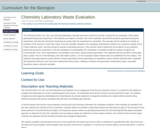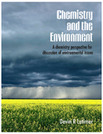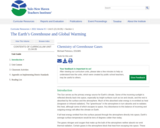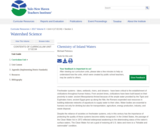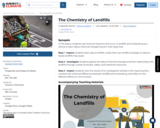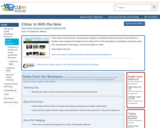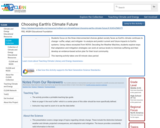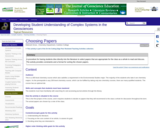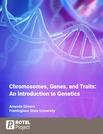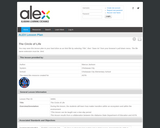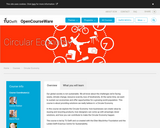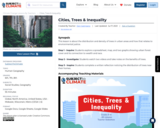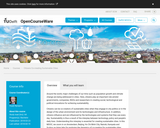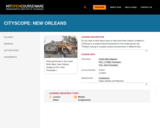
Une anthologie de L’Entraide missionnaire
Short Description:
CETTE ANTHOLOGIE PRESENTE 60 TEXTES CLASSES CHRONOLOGIQUEMENT REFLETANT DES PREOCCUPATIONS SOCIALES, POLITIQUES ET SPIRITUELLES EN EVOLUTION. CES TEXTES SONT MAJORITAIREMENT DES CONFERENCES QUI ONT ETE PRONONCEES LORS DU CONGRES ANNUEL DE L’ENTRAIDE MISSIONNAIRE JUSQU'EN 2015, OFFRANT UN ECHANTILLON DES TRESORS QUI SE TROUVENT DANS SES ARCHIVES.
Long Description:
Incorporé en 1958, L’Entraide missionnaire a réalisé un parcours remarquable au service de la solidarité internationale grâce à l’engagement soutenu de ses membres, des personnes responsables de la permanence et un grand nombre de collaboratrices et collaborateurs à travers le monde. En 2015, suite à une lecture collective des signes des temps, les membres de L’Entraide missionnaire ont pris la décision d’entamer un processus de transmission d’héritage avant de fermer l’organisme au printemps 2018.
En offrant un échantillon, certes très limité, des trésors qui se trouvent dans les archives de L’Entraide missionnaire, cette anthologie présente 60 textes classés chronologiquement reflétant des préoccupations sociales, politiques et spirituelles en évolution. L’essentiel de ces textes sont des conférences qui ont été prononcées lors du Congrès annuel de l’Entraide missionnaire, véritable lieu de rassemblement, d’échanges, de réflexions et de critiques sociales.
À la lumière de l’introduction et à travers les lectures sélectionnées, on découvre, même dans les textes écrits sur du vieux papier, des archives qui sont toujours en conversation avec le présent, attentives aux signes des temps. Nous y découvrons des brèches de résistance et d’affirmation de vie et d’humanité solidaire contre les obstacles qui nous confrontent. Nous y trouvons une continuité jusqu’au dernier geste de transmission du legs : un engagement profond et réfléchi qui exige de l’audace, de l’indignation face à l’injustice et de l’espérance pour la transformation du monde.
Word Count: 265162
(Note: This resource's metadata has been created automatically by reformatting and/or combining the information that the author initially provided as part of a bulk import process.)
- Subject:
- Anthropology
- Arts and Humanities
- Political Science
- Religious Studies
- Social Science
- Material Type:
- Textbook
- Provider:
- L'Entraide missionnaire
- Date Added:
- 04/30/2018
